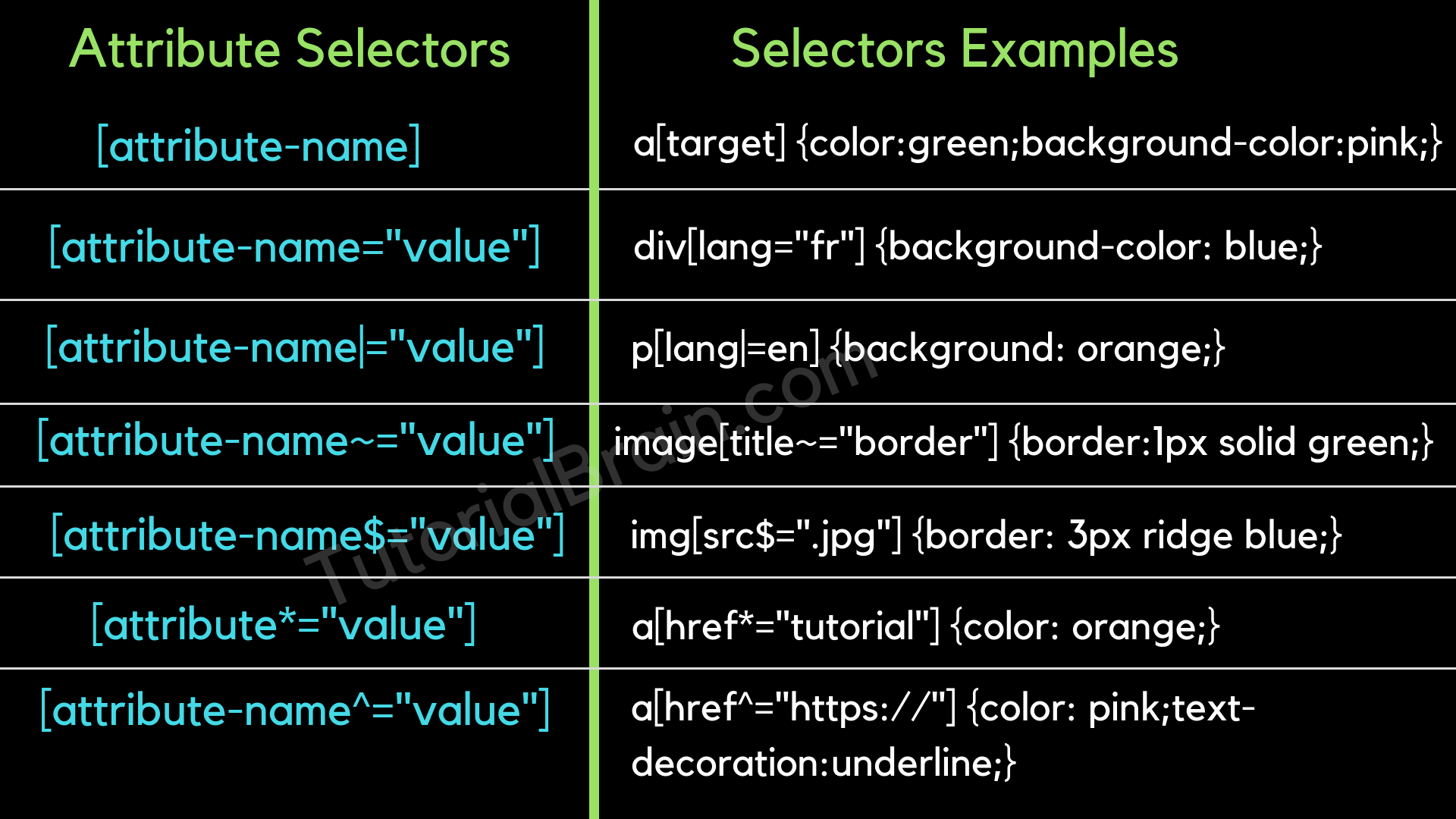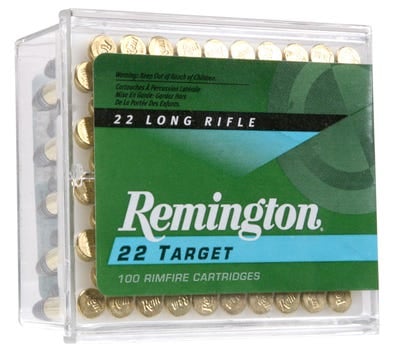

Now clicking on the Send email link will open up the default email client on your operating system with the email address ( specified in the TO field. The syntax of the value should be in the form of mailto. You can do this by using the mailto protocol as the href attribute's value. You may need to open the default email client with the email address when users click on a link. So, when you click on the Go link, you will scroll to the news section of the page. To do that, just use the id of the section with a # as the prefix for the href value. You can now link to this section (div) using the anchor tag.

Suspendisse lectus tortor, dignissim sit amet,Īdipiscing nec, ultricies sed, dolor. Lorem ipsum dolor sit amet, consectetur adipiscing elit. Assume our page has a div section with the id news. But you can also link to a section of the same page by linking to an element using its id.
#TARGET NAME TAGS HOW TO#
We have seen how to link to an external web page (website). Anchor Tag Uses with ExamplesĪlong with href, there are other vital attributes that make the anchor tag useful.

We will see the examples of how to do all this below. You can also link another HTML element or a protocol (for example, sending email), and you can execute JavaScript using the href attribute. The value of the href attribute is usually a URL pointing to a web page (like the one above). You need to use the href attribute to link to another page. Let's use this anchor tag to link to a web page. The above anchor tag is a valid HTML tag, but it doesn't do much other than act as a placeholder. Like any other HTML tags, you use the following construct to create an anchor tag: My Website The anchor tag is also known as a HyperLink. The primary purpose of an anchor tag is to link one page to another page or to a section of the same page. If you like to learn from video content as well, this article is also available as a video tutorial here: 🙂 What is the Anchor Tag in HTML? Report issues there.Anchors - An app to demonstrate anchor tags() Issues relating to "Target" are maintained on the bug tracker. Targets are no longer behind Experimental Gameplay. Targets are currently available only through Experimental Gameplay. Targets can now be broken faster using hoes. Targets can now support ladders and tripwire hooks. Targets can now be activated by ender pearls and bottles o' enchanting. The target block is showcased at Minecon Live 2019. Hit the bullseye of a Target block from at least 30 meters awayīe at least 30 blocks away horizontally when the center of a target is shot with a projectile by the player.
#TARGET NAME TAGS UPDATE#
The target also provides a block update when hit, meaning that an observer can detect if the target has been hit and has produced a redstone signal. The strength of the signal depends on how close the projectile is to the center of the block, from 1 to 15. A target can be hit with any of the projectiles mentioned above. Arrows and tridents instead cause the target to emit power for 10 redstone ticks (1 second), similar to stone buttons. When struck by most projectiles, the target emits redstone power for 4 redstone ticks (0.4 seconds). The closer a projectile is to the center of the block, the stronger the redstone signal that is produced. This includes arrows, tridents, eggs, snowballs, splash potions, fire charges fired by a dispenser, firework rockets, lingering potions, bottles o' enchanting, ender pearls, and llama spit. Targets emit a redstone signal when hit by most projectiles.


 0 kommentar(er)
0 kommentar(er)
